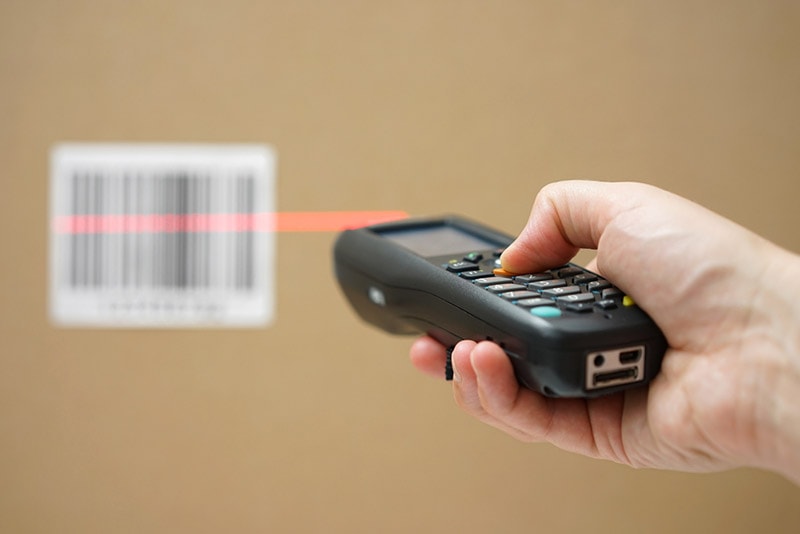When Were Lasers Invented? History of the Laser
Last Updated on

There is probably a laser not too far from you, wherever you are right now. You can find them all over the place, and even if there is not one in your home, all you need to do is head to your closest store to find one at the register.
The first laser came about in 1958, but what were scientists trying to figure out in the first place? We answer all these questions and more about this groundbreaking device here.

When Were Lasers Invented?
Today, it seems like lasers have been a part of our lives forever. But the first laser didn’t come about until 1958, and at the time, it wasn’t clear what the massive implications this groundbreaking device would have.
The original principle for lasers came from Albert Einstein in 1917. He laid out the theoretical roots for the first laser in his theory of stimulated emission.
But while Einstein developed the theory, he didn’t build the first laser, and he certainly didn’t fully comprehend its far-reaching potential.


Who Invented the First Laser?
While Einstein was the first person to describe the theory behind the laser, the accolade of developing and patenting a functioning laser belongs to both Charles Townes and Arthur Schawlow.
But while those two get the credit for the first laser because they were the lead authors on the paper outlining it, they had help from many other scientists and aides.
Complicating the matter is the fact that the patents themselves ended up in litigation for decades. Eventually, the U.S. Court of Customs and Patent Appeals ruled against Townes and Schawlow so others could patent different ideas and make different types of lasers.
What Did Scientists Use the First Laser For?
While the first laser made its debut in 1958, it didn’t have many practical uses. Townes started on lasers because he saw a use for them in spectroscopy, but even this was of limited use for the scientific community.
It wasn’t until later that lasers became widely used in many everyday applications. Examples of current applications for the laser include CD players, printers, barcode scanners, laser surgery, and much more.


Naming the Laser
While “laser” is now a ubiquitous term for a well-known event and device, did you know that it started as an acronym?
Laser stands for Light Amplification by Stimulated Emission of Radiation. It’s how a laser works and it’s right in the name!

What Did Scientists Use Before the First Laser?
The laser came about in 1958, but before that, a similar technology called the “maser” existed. It worked in much the same way as a laser, but it used ammonia and microwave radiation instead of light amplification.
Townes and Schawlow invented the maser too, a few years earlier in 1954.

Conclusion
While scientists and the world didn’t understand the full applications of the laser when Townes and Schawlow first developed it, the laser has become one of the most integral parts of our society today.
For his work, Townes received a Nobel Prize in 1964, and in 1981, Schawlow received his own Nobel Prize. It’s safe to say that the scientific community appreciates their contributions to science!
You might be interested: What Is A Diode Laser? The Interesting Answer!
Featured Image Credit: nepool, Shutterstock
About the Author Robert Sparks
Robert’s obsession with all things optical started early in life, when his optician father would bring home prototypes for Robert to play with. Nowadays, Robert is dedicated to helping others find the right optics for their needs. His hobbies include astronomy, astrophysics, and model building. Originally from Newark, NJ, he resides in Santa Fe, New Mexico, where the nighttime skies are filled with glittering stars.
Related Articles:
When Were Binoculars Invented? History, Today & Future
How to Clean a Refractor Telescope: Step-by-Step Guide
How to Clean a Telescope Eyepiece: Step-by-Step Guide
How to Clean a Rifle Scope: 8 Expert Tips
Monocular vs Telescope: Differences Explained (With Pictures)
What Is a Monocular Used For? 8 Common Functions
How to Clean a Telescope Mirror: 8 Expert Tips
Brightfield vs Phase Contrast Microscopy: The Differences Explained
